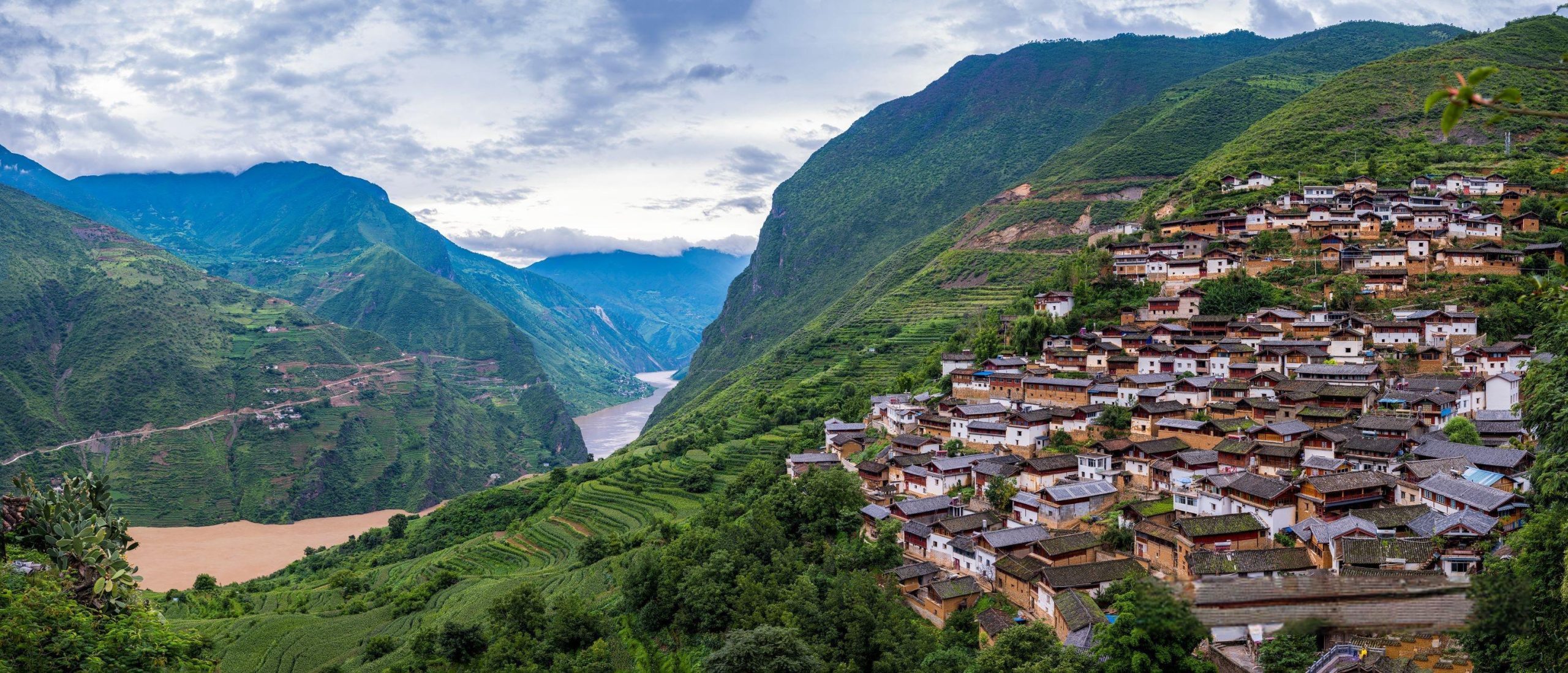
Yunnan unfolds like a living tapestry, weaving together snow-draped peaks, emerald rice terraces, and kaleidoscopic cultures. Whether you’re chasing sunrise at Tiger Leaping Gorge or wandering lantern-lit alleys in Lijiang Old Town, knowing how to travel in Yunnan ensures each moment becomes an indelible memory. Below is a comprehensive, season-proof roadmap to navigating this enchanting province.
1. Choosing Your Path: Transportation Modes
- By Air:
Kunming Changshui International Airport is Yunnan’s primary hub, with direct domestic links to Dali, Lijiang, and Xishuangbanna. Regional carriers also fly to neighboring countries such as Laos and Myanmar, making cross-border adventure effortless. - By Rail:
The high-speed rail network fans out from Kunming, whisking you to Dali in under two hours and to Lijiang in just over three. For a more leisurely experience, overnight trains connect Kunming with Beijing, Shanghai, and beyond. - By Road:
Intercity coaches traverse most major routes, while rural minibuses venture into hidden valleys. Renting a car—or for the intrepid, a motorbike—grants flexibility, but be prepared for winding mountain roads and occasional narrow passes. - On Two Wheels:
Bicycle rentals in Dali, Kunming, and lakeside villages let you pedal through emerald paddy fields and along riverside promenades at your own pace.
2. Seasonal Strategies: When to Go
Yunnan’s microclimates range from tropical south to alpine northwest.
- Spring (March–May): Warm days, blossoming orchards, and festival energy.
- Summer (June–August): Lush jungles in Xishuangbanna, occasional rainfall, cooler highlands.
- Autumn (September–November): Clear skies, golden rice terraces, perfect trekking conditions.
- Winter (December–February): Crisp sunshine in Kunming and Dali; snowfalls in Shangri-La’s highlands.
3. Where to Rest: Accommodation Insights
From luxury hillside resorts overlooking Jade Dragon Snow Mountain to rustic homestays in Tibetan villages, Yunnan’s lodging options mirror its diversity. In major hubs, international chains deliver full-service comfort. In ancient towns, boutique inns and ethic-style courtyards immerse you in local architecture and traditions. For nature lovers, eco-lodges beside terraced paddies or mountain retreats promise serenity under star-spangled skies.
4. Savoring Yunnan: Culinary and Cultural Highlights
No visit is complete without Crossing-the-Bridge Noodles, a steaming bowl of delicate broth and fresh ingredients. Street vendors in Kunming hawk spicy skewers and wild mushroom soups; in Dali, sample Bai-style cold rice cakes. Embrace each bite as an entry point into the province’s 25 ethnic cuisines, and let friendly stall-owners guide you toward hidden specialties.
5. Practical Advice: Health, Safety, and Etiquette
- Altitude Awareness: Acclimatize gradually in high-elevation destinations and carry altitude-sickness medication if you’re prone to headaches or nausea.
- Travel Insurance: Protect against medical emergencies and unforeseen changes.
- Local Customs: Show respect in temples—remove shoes, speak softly, and always ask before photographing ceremonies or individuals.
- Connectivity: A local SIM or eSIM ensures navigation apps and translation tools work seamlessly, even in remote valleys.
Final Thoughts
Yunnan’s essence lies in unhurried discovery: a dawn walk through misty fir forests; an afternoon spent sharing tea with a Bai elder; a sunset atop a marble gorge. With this guide in hand, you’re poised to shape your own Yunnan story—one that lingers long after you’ve descended from its mountain trails.




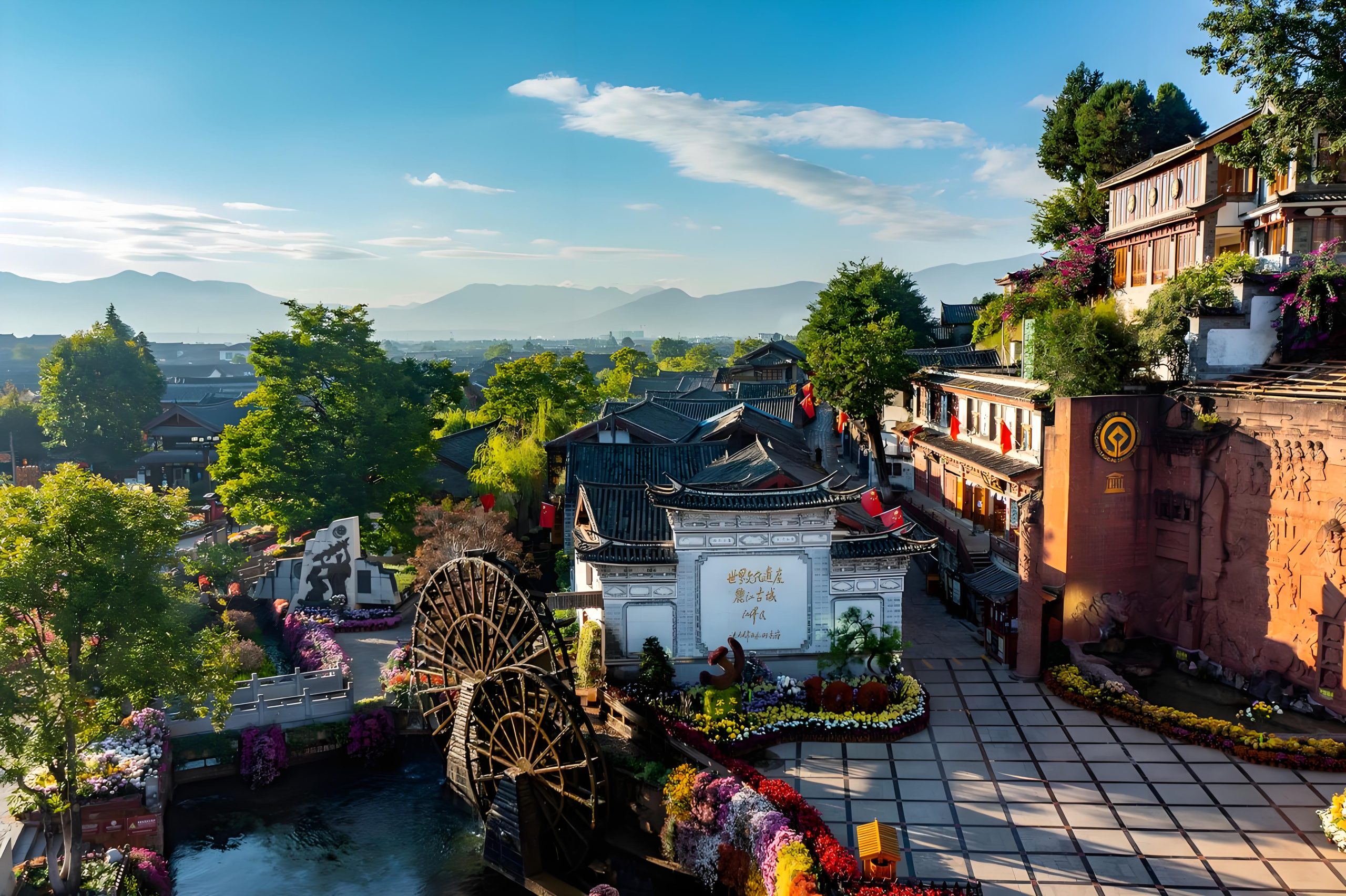
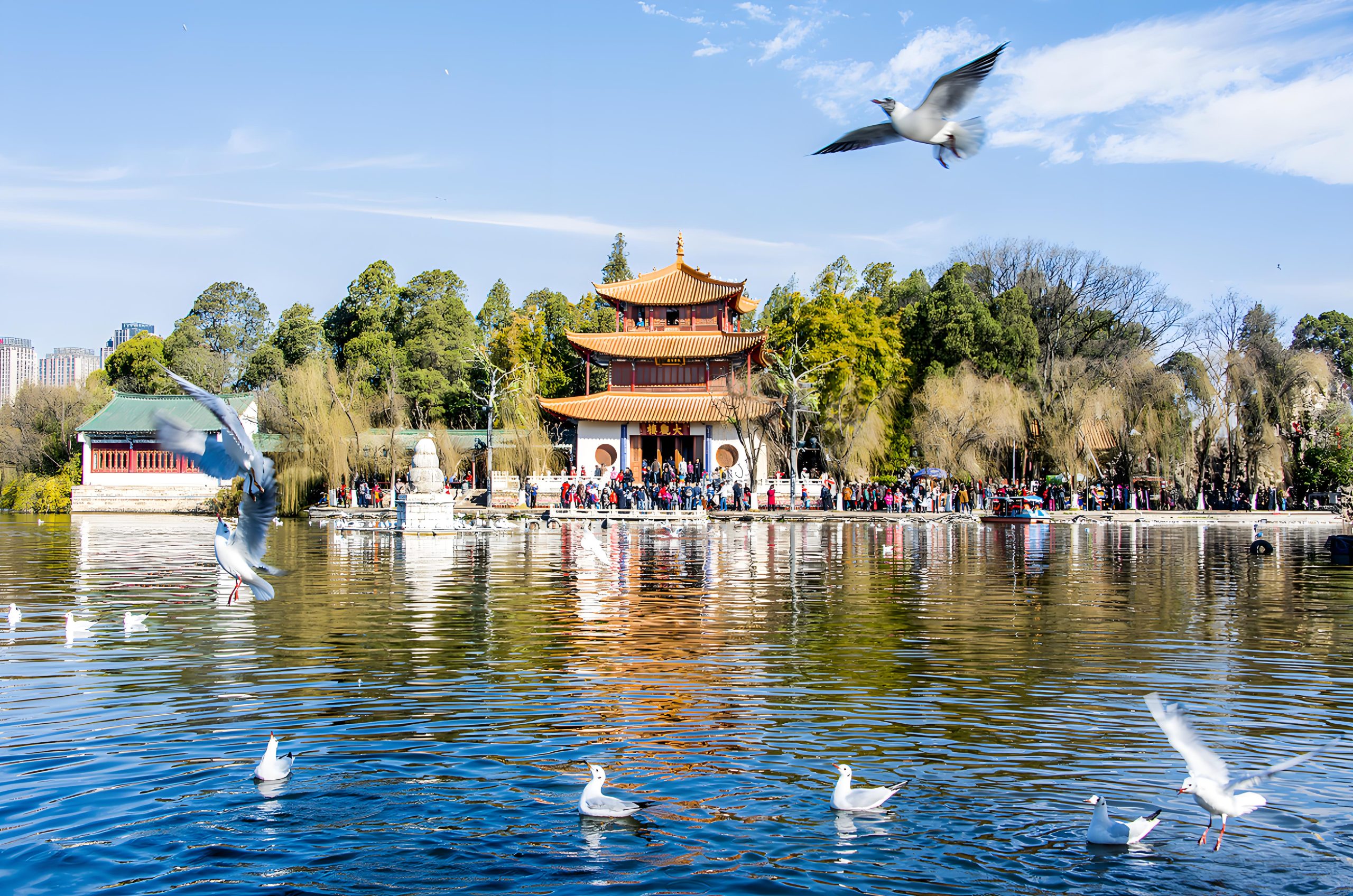

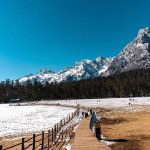
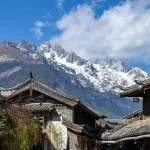


Leave a comment: